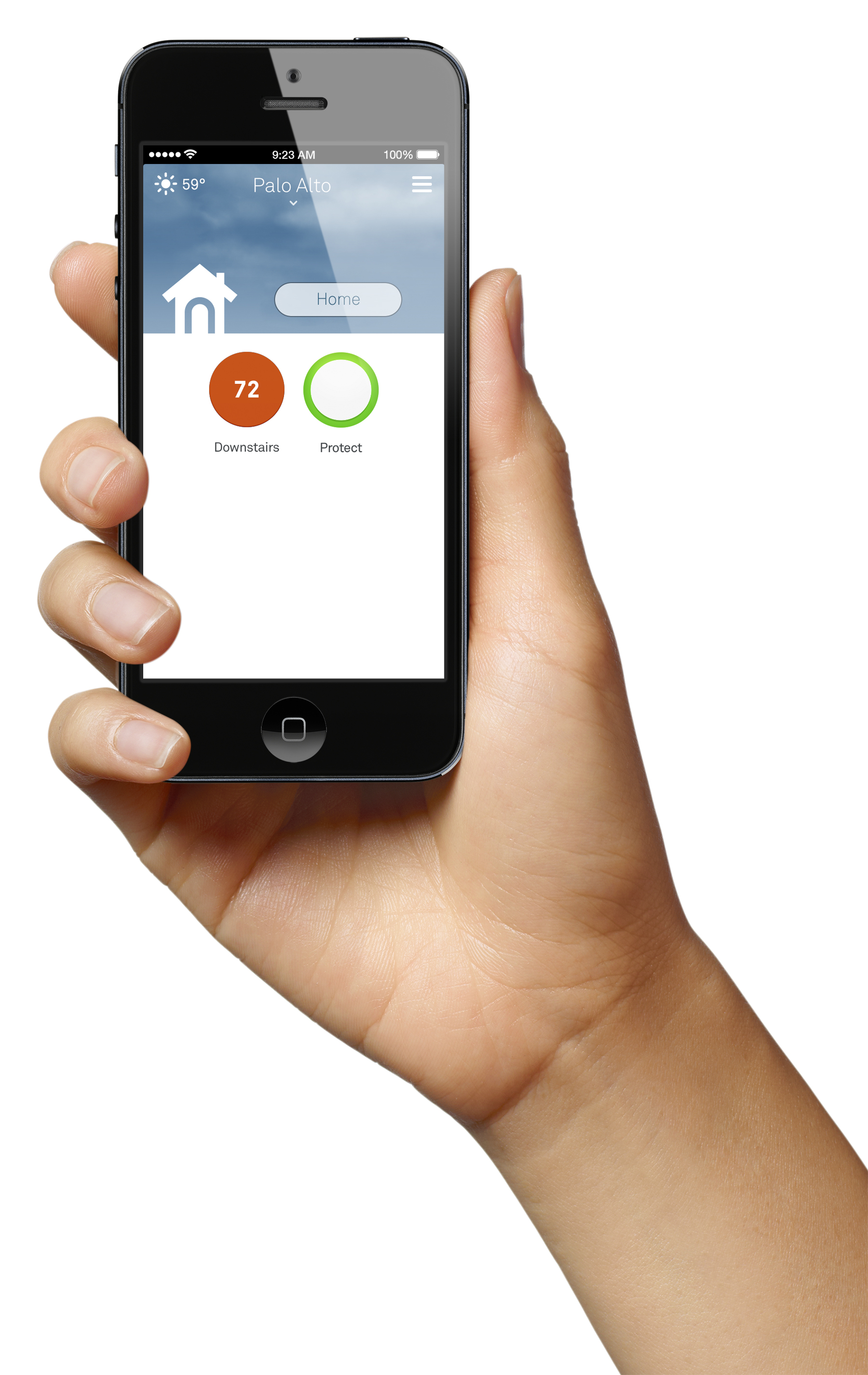
As technology companies started developing products for smart homes, they initially tried convincing consumers to buy the gear because it would save them money on things like energy usage and security subscriptions in the long run. But dumb homes are expensive enough, and shelling out hundreds of dollars to make them smarter and cheaper years down the line was a tough sell.
Now there’s a new tact on the marketplace — smart home gear that won’t break the bank. Here’s seven ways you can make your connect your pad for less than the cost of a new iPhone.
Watch your windows
ADT will charge you a minimum of $47 per month on a three year contract for home security, but the $40 Quirky Tripper (and its required $50 Wink Hub) can monitor your windows and doors subscription-free. The low-profile smart window and door sensor can send your Android or iOS device an alert whenever it’s tripped, keeping you in the know wherever you are. P
erfect for front doors, basement hatchways, or bedroom windows, the device comes in a two-pack, and you can easily add more sensors to the mix to keep your whole house safe.
Lock it down
Homeowners have been understandably weary about adding smart locks to their homes, but the $179 Lockitron is a great way to give your doors a little versatility. Designed to slip over existing bolt locks, the battery-powered device uses Bluetooth Low Energy to detect authorized smartphone-holding people. Or, if you have a friend coming by who doesn’t have a smartphone, you can let them open the door using a text message. Finally, if all else fails, old-fashioned keys still work fine. In fact, the device can even be removed when not needed, for that added peace of mind.
Light it up
One place where the smart home can absolutely save you money is in your lighting. According to the U.S. Department of Energy, LED lightbulbs can use up to 80% less energy than incandescent bulbs — the problem is they cost so much more. Still, they last up to 25 times longer, so the math may just pencil out.
Regardless, smart bulbs like the $99 WeMo LED Lighting Starter Set not only save you money, but they can add a home security element, turning on and off while you’re not home, deterring burglars. This set, which comes with two bulbs and a hub, is a great way to make the jump into greener lighting. The hub can connect up to 50 bulbs, but at $29 apiece, you’re probably not going to turn over your entire home’s lighting all at once.
Shut the door
Why should the home get all the attention when some of your most valuable items are out in the garage? The $129 MyQ Garage is a smartphone-connected door controller that lets homeowners open their carport from anywhere, any time.
Perfect for families who use the garage door frequently, this controller can reassure parents that the door wasn’t left open while their children head out for a bike ride. And on the other hand, when kids are old enough to take the car for a joy ride, the controller sends alerts to parents’ smartphones when the door is opened. Compatible with a wide variety of garage door openers, the kit is almost as easy to install as it is to use.
Add an all-seeing eye
There are many less expensive webcams for monitoring your place than the $199 Piper, but few pack the extra sensors that make this unit the potential brain behind your smart home. Sporting a high-definition fisheye lens, the AA battery-powered device can keep track of temperature, humidity, changes in light, sound, and detect motion, sending alerts to owners through text messages, emails, and even phone calls.
Piper has three security modes (home, away, and vacation), and an integrated 105 decibel siren is enough to stop any intruder in his tracks. But most interesting is that the camera also has Z-Wave capabilities, linking it to hundreds of sensors on the market that can do everything from monitoring doors to controlling smart plugs. Smart indeed.
Protect your family
If there was ever a home device in need of a smart makeover, it was the smoke detector. Loud, ugly, crude, and — honestly — effective, these alarms face death by broomstick more often than by expired batteries. Nest Protect, a $99 connected smoke and carbon monoxide detector, will message your smartphone if the alarm goes off and you’re not home. If you are home, rather than screaming its head off because you’ve burnt your toast, it will say “Heads up, there’s smoke in the kitchen.” Of course, if things are really bad, it beeps and flashes a red light to let you know something’s really wrong.
Meanwhile, the $99 Leeo Smart Alert Nightlight takes a different tact in protecting your family. This device listens for the pattern and frequency of your existing smoke detectors, and sends your phone a notification if it hears the alarm going off. If you’re not home, you can use the app to listen in on what’s happening in your home, or if you miss the notification, the smart light can alert the next person on the list. Way to think ahead.
More Must-Reads From TIME
- The 100 Most Influential People of 2024
- The Revolution of Yulia Navalnaya
- 6 Compliments That Land Every Time
- Stop Looking for Your Forever Home
- If You're Dating Right Now , You're Brave: Column
- The AI That Could Heal a Divided Internet
- Fallout Is a Brilliant Model for the Future of Video Game Adaptations
- Want Weekly Recs on What to Watch, Read, and More? Sign Up for Worth Your Time
Contact us at letters@time.com